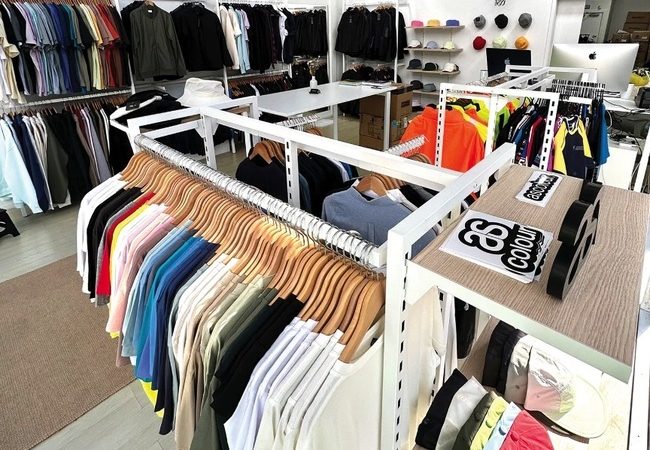Retail window displays serve as a pivotal element in visual merchandising, effectively bridging the gap between a brand and its audience. They are not merely decorative but strategic, designed to lure potential customers inside and engage them with the products, services, and exclusive experiences on offer.
The Strategic Importance of Window Displays
Window displays are the front line in the battle for customer attention. They play a crucial role in the conversion of foot traffic into in-store visits, ultimately driving sales. An appealing, visually stimulating window display can transform a passerby’s perception of a brand, enticing them to step inside and explore further. Conversely, a lacklustre display might discourage potential customers, causing them to continue on their way without a second glance.
Crafting Effective Window Displays
Effective window displays are a unique blend of art and advertising. They encapsulate the essence of the brand and give consumers a taste of what to expect inside. These displays also act as a silent spokesperson, enhancing brand recognition and sparking conversations among shoppers and across media platforms, including social media influencers and bloggers.
Research in the Journal of Retailing and Customer Services underscores the significant influence of window displays on consumer behaviour. It reveals that displays focusing on specific products are most successful in boosting sales. This data highlights the necessity of strategic planning and targeted content in window display design.
Diverse Styles of Window Displays
Retailers have several options when it comes to choosing the style of window display that best fits their brand identity and objectives. The decision is typically influenced by factors such as target demographic, store location, window size, displayed products, and overall brand image. Here’s a closer look at the main types of window displays:
The Power of Window Displays in Retail
Window displays are more than just an aesthetic addition to a store; they are a crucial component of a strategic visual merchandising effort that can significantly influence consumer behaviour and brand perception. With thoughtful design and precise execution, window displays can effectively capture the attention of shoppers, significantly increasing foot traffic and driving sales. By continually adapting and innovating their display strategies, retailers can stay competitive and appealing in the ever-evolving retail landscape.





